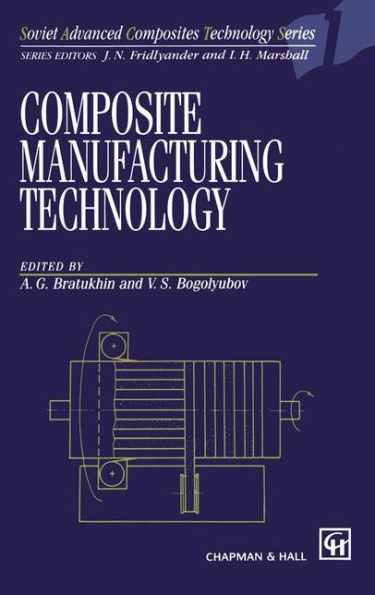5
1
9780412582509


Composite Manufacturing Technology / Edition 1 available in Hardcover

Composite Manufacturing Technology / Edition 1
- ISBN-10:
- 0412582503
- ISBN-13:
- 9780412582509
- Pub. Date:
- 10/31/1994
- Publisher:
- Springer Netherlands
- ISBN-10:
- 0412582503
- ISBN-13:
- 9780412582509
- Pub. Date:
- 10/31/1994
- Publisher:
- Springer Netherlands
549.99
In Stock

Product Details
| ISBN-13: | 9780412582509 |
|---|---|
| Publisher: | Springer Netherlands |
| Publication date: | 10/31/1994 |
| Series: | Soviet Advanced Composites Technology Series , #1 |
| Edition description: | 1995 |
| Pages: | 433 |
| Product dimensions: | 6.10(w) x 9.25(h) x 0.04(d) |
From the B&N Reads Blog
